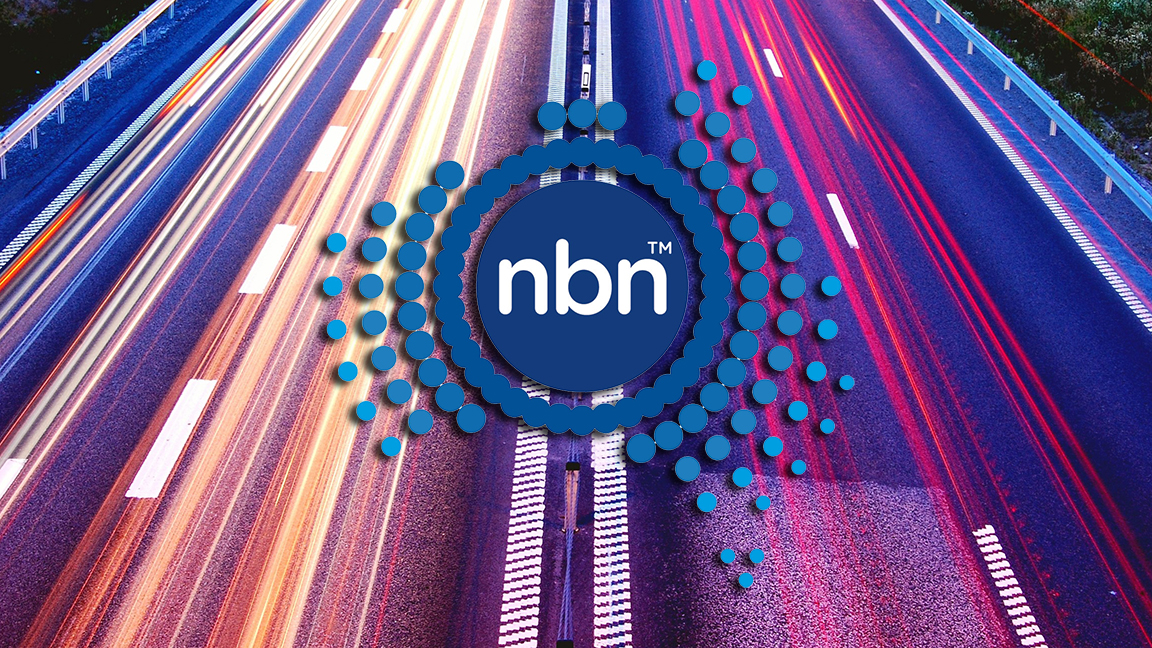NBN Co reveals plans to release monthly progress reports
Everything is A-OK!

In a bid for transparency, NBN Co has announced that it will start releasing monthly progress reports on the rollout of its broadband network.
These reports will be centred around figures such as the number of connections the company has made to homes and businesses, average network congestion, and the percentages of installations that require additional work from NBN Co before they’re fully operational.
“We have listened to the community’s feedback”, begins Brad Whitcomb, NBN Co’s Chief Customer Officer, “we want to assure all Australians that end-user’s customer experience is our number one priority”.
February findings
Bundled with the announcement, NBN Co has released figures from the month of February, revealing that the number of connected homes and businesses has almost doubled over the last 12 months from 1.9 million in February 2017 to 3.6 million.
This figure is a little over half (57%) of the possible 6.3 million homes that currently have the available infrastructure to connect, indicating that uptake is still an issue with the network.
Impressively, the figures also claim that “the average number of minutes of bandwidth congestion per week per service” has dropped dramatically since November last year, plummeting from 231 minutes to only 12, and that the percentage of premises that experience congestion is lowering despite the increase in connections.
It's worth noting, however, that this statistic doesn't take into account the congestion on a per-ISP basis; the company is leaving it to the telcos to divulge this information themselves.
Get daily insight, inspiration and deals in your inbox
Sign up for breaking news, reviews, opinion, top tech deals, and more.
With more than half of the infrastructure built and roughly a third of Australian homes and businesses connected, NBN Co “remains on track to complete the rollout of the network and connect eight million homes and businesses by the end of 2020”.
